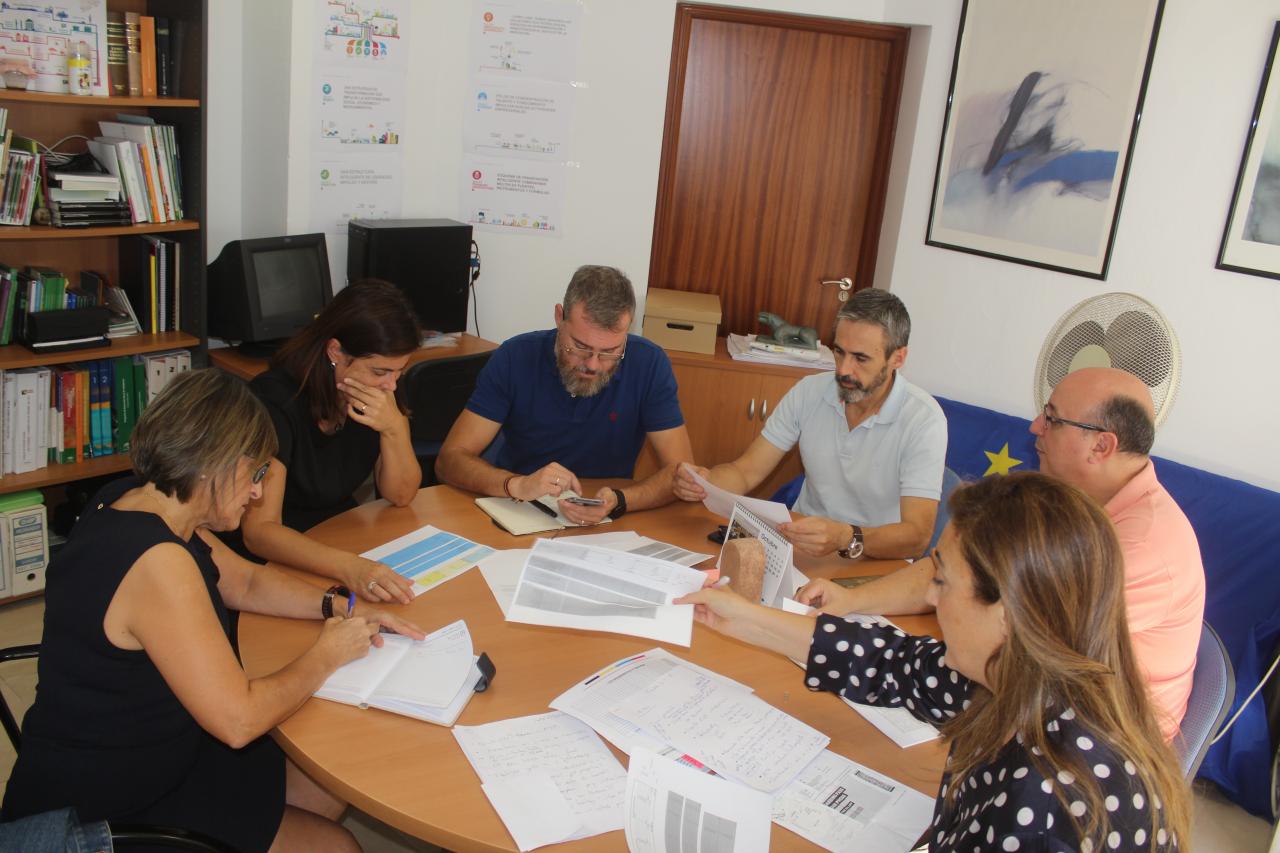
Baena is no stranger to the problems that affect many developed cities, such as the risk of social exclusion for many of its inhabitants, vandalism and the urban imbalance brought by the abandonment of the historic centre.
[[{"fid":"27535","view_mode":"default","fields":{"format":"default","field_file_image_alt_text[und][0][value]":false,"field_file_image_title_text[und][0][value]":false,"field_author[und][0][value]":""},"link_text":null,"type":"media","field_deltas":{"3":{"format":"default","field_file_image_alt_text[und][0][value]":false,"field_file_image_title_text[und][0][value]":false,"field_author[und][0][value]":""}},"attributes":{"height":2105,"width":4724,"style":"width: 300px; height: 200px; float: right;","class":"media-element file-default","data-delta":"3"}}]]
In fact, this part of the city presents areas especially affected by these two social problems and, despite being part of the “noble” old town, with heritage assets such as the medieval walls, the Castle or several important churches, and of being located in a high open green area that faces the olive groves and the foothills of the Subbética mountain range, it is not considered a recreational area by the citizens and they do not use it, not even the residents. And, even less is it considered by the tourist itineraries.
That is why the Municipality of Baena has put the focus on this area extending over the southern slope of the hill that hosts the old city, the neighborhood of Almedina, the neighborhoods of Arrabalejo and San Pedro as well as the green zone of the district of La Malena, for the URBACT Urban Regeneration Mix project. The pilot project aims at connecting and improving social work actions for the regeneration of the community life and participation with the improvement and adaptation of the urban environment with the purpose of creating uses for these spaces that are able to open the area to all the inhabitants of the city. This way, through the introduction of innovative elements transferred thanks to Baena’s participation in this URBACT Transfer Network, the municipality seeks to have an impact on the better integration of this part of the town and its inhabi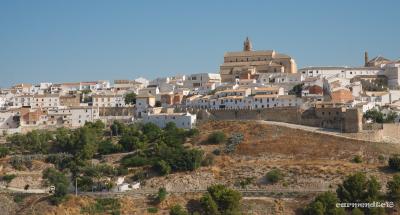
In all this process, Baena’s ULG has decided what and how to transfer from Lodz best practice laying the foundations for the above mentioned pilot project. This is how a new way of working together is set into motion to learn by doing. The municipality has created and is consolidating a pilot coordination protocol that ensures a continuous 2feedback between the organisational structure of the City Council , between its areas of urbanism and social services, as well as the social fabric and the residents of the area to attempt a co-design exercise for this public space in a less-favoured area in order to make its inhabitants feel part and engage.
In this way, Baena fully implements the central idea that defines the Urban Regeneration Mix project, trying to create a model for a collaborative city, raising citizen participation, fostering their role in the decision-making process, strengthening egalitarian interaction between the main parties of the urban regeneration process to bring life back to historic areas, but also to return citizens to regenerated areas.
Slow but effective start
The fir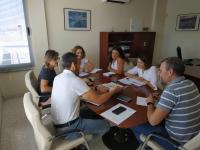
This meeting was attended by the mayoress, Cristina Piernagorda, the then councilor of Urbanism, Javier Vacas, Francisco Navarro, the Town Planning Unit’s technical architect, Carmen Dolores Torres, director of Social Services, José Rafael Guijarro, manager of ADEGUA, and Raquel Moreno, coordinator of the Europe Direct information office of ADEGUA and European projects.
Field work begins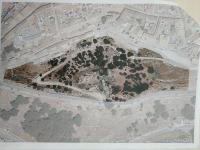
The announcement of the pilot project to be implemented was made in the next ULG meeting, under its wider composition. The Malena and its surroundings are the object of the 'Plant cleaning and landscape corrections on the Southern Side”. The project focuses on the remodelling and adaptation of the green area of this neighborhood in order to connect the neighborhood of the Almedina with the Southern Hillside. In order to carry it out, a grant cofinanced by European Funds is available in the framework of the Programme for the Promotion of the Agricultural Employment. Works started at the end of September and are expected to be completed by the end of May.
The action consists of a first phase of vegetal cleaning and elimination of the garbage accumulated in the green zone. Actions at landscape level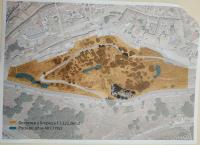
Another important objective of this action is to solve the problem of the illegal occupation of public land behind several of the houses on Zapatería Street. From the point of view of the Social Services area, the goal is to look for an urgent solution to the serious problem of vandalism affecting equipment in the area. For this purpose, it is essential that the mediation of the technical workers manages to involve neighbours.
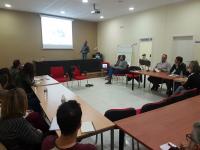
The project "engages" all the social agents involved
Little by little the work is bearing fruit. It is underway and brings the participants enthusiasm. In the following meetings the motivation and receptivity have been remarkable. Possible initiatives to contribute to the achievement of the social 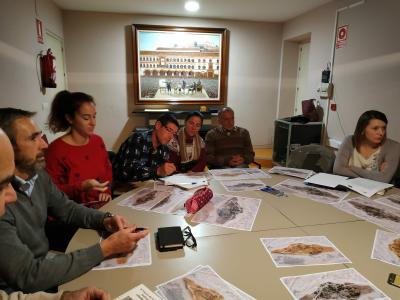
Among the proposals, the creation of roads to walk both in winter as in summer, the placement of more wastepaper bins, the installation of lampposts that cannot be broken and guarantee minimum levels of lighting without contaminating, more access roads, or making it a diaphanous zone with total visibility from different points of the area can be found.
The members of the ULG and other stakeholders have agreed on a further schedule of sessions. According to the needs, the ULG will be called to meet under the core or the wider group or the three working groups. Two more meetings will take place during the month of November.
